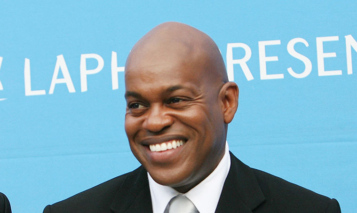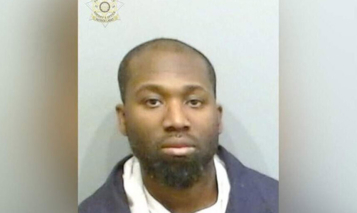Shaquille O’Neal‘s son Shareef O’Neal will sit out his freshman year at UCLA after the medical staff there discovered an undiagnosed cardiac problem that requires surgery.
“Thank God the UCLA medical staff caught it early,” Shareef, a standout high school basketball recruit, told TMZ Sports, according to NBC Sports.
He added: “Blessed to be here living today, one of those moments on the court could’ve been my last.”
The 18-year-old was a highly recruited basketball star who initially committed to play for Arizona before changing his mind and committing to UCLA men’s basketball.
Shareef plans to attend classes after recovering from heart surgery. He hopes to return to the basketball team for the 2019-20 season.
Shareef’s cardiac problem was discovered during a physical exam administered by UCLA medical staff. Shareef did not specify the cardiac disorder that requires surgery.
Cardiac symptoms that are assessed during routine exams include heart murmurs or arrhythmias (irregular heart rhythm) that can be caused by atrial fibrillation, coronary artery disease (narrowing of the arteries), damage to the heart muscle from lack of oxygen, blocked arteries, aortic stenosis (narrowing of the left ventricle), mitral valve prolapse, or congenital heart defects (birth defect) that were not previously diagnosed.
Some patients have no symptoms at all and their cardiac problems aren’t diagnosed until they suffer a heart attack or stroke.
If Shareef had an undetected cardiac birth defect, he would not have any symptoms. His cardiac defect may not have been discovered until he participated in an exercise stress test.
An exercise stress test detects underlying cardiac abnormalities that could cause athletes to collapse and die while playing sports.
A stress test measures an athlete’s heart rate, heart sounds, blood pressure and respirations during exercise. An elevated heartbeat or blood pressure that don’t return to normal when the patient is at rest is cause for concern and requires further diagnostic testing.
Undetected coronary abnormalities are the leading cause of sudden death in young athletes.
Photo by Emma McIntyre/Getty Images






